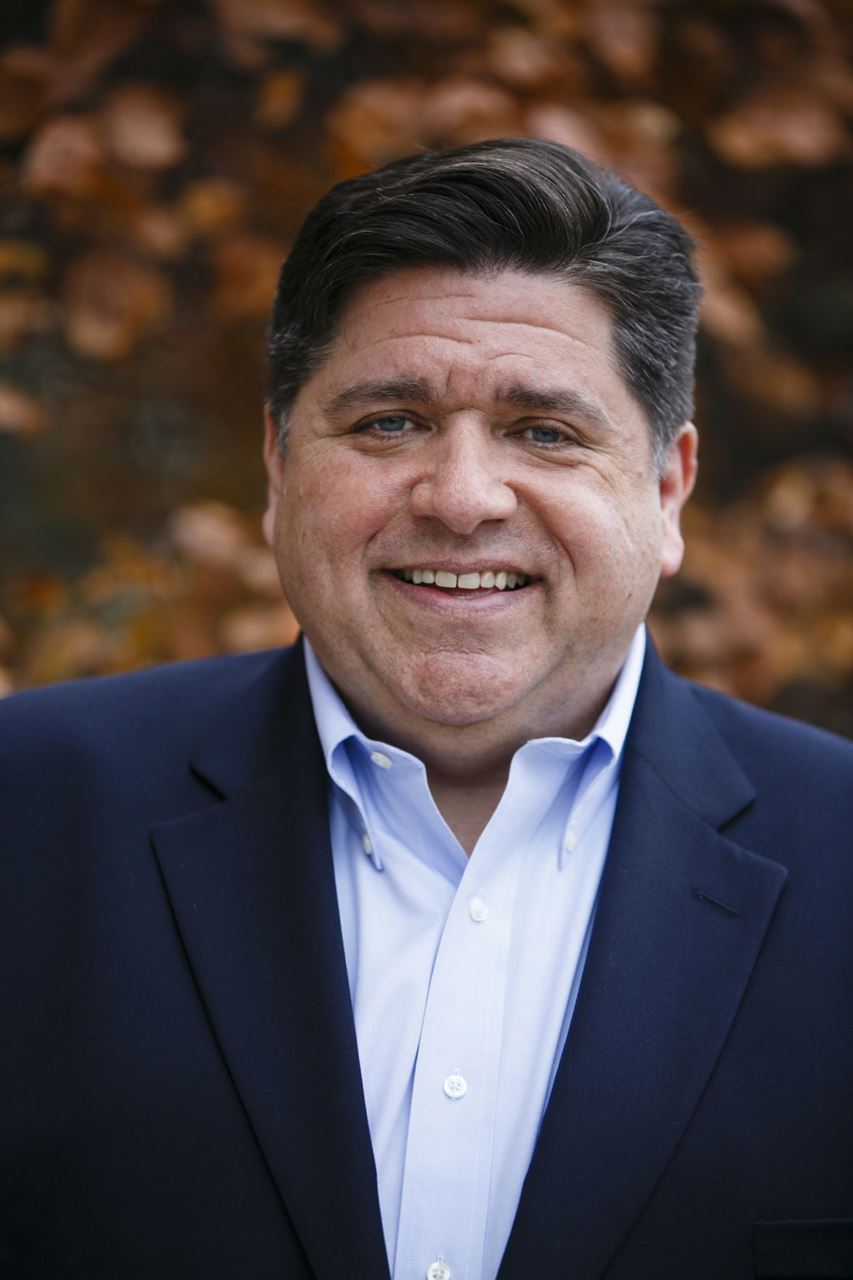|
 Gov JB Pritzker took action last Friday(8.20.2021) on over two dozen healthcare-related bills. (Health News Illinois (8.24.2021) Gov JB Pritzker took action last Friday(8.20.2021) on over two dozen healthcare-related bills. (Health News Illinois (8.24.2021)
Among the plans signed into law include:
· Requiring requires the Illinois Department of Public Health to establish anaphylaxis policies and procedures for school districts and daycare settings.
· Requiring public high schools and institutions of higher education to add contact information for suicide prevention on school IDs.
· Allowing, effective Jan. 1, 2022, allows for the discretionary early release of those medically incapacitated or terminally ill and serving time in an Illinois Department of Corrections facility.
· Expanding the maximum number of birth center alternative healthcare models in Illinois to no more than 17.
· Requiring that a written aftercare plan be provided to patients upon discharge from a Department of Human Service’s facility.
· Requiring group health plans to cover colonoscopies that are determined to be medically necessary based on an initial screening.
· Allowing nurses, physicians assistants and advanced practice nurses with active licenses to apply to serve as volunteer EMTs in rural communities.
· Allowing temporary disability parking decals for expecting mothers in their third trimester.
· Removing a provision that required the Department of Healthcare and Family Services to post the contracted claims report required by HealthChoice Illinois on its website every three months.
· Establishing new caps on the total incentive for wellness coverage and new mandates for certified application counselors.
· Adding e-cigarettes and other vapor devices as one of the educational areas in the state’s Comprehensive Health Education Program.
· Adding one member representing local health departments, who is a non-voting member, to the Long-Term Care Facility Advisory Board, and making several changes to IDPH’s annual review and report concerning the complaint process.
· Allowing individuals to bring civil actions against those who make false 911 calls.
· Increasing the membership of the State Board of Pharmacy to 11 and modifying membership requirements.
· Requiring IDPH to collect additional health and social determinants of health data for its annual survey.
· Requiring IDPH to ensure medical examiner offices are included as part of medical facilities for the purposes of complying with and implementing associated sections of the federal Immigration and Nationality Act.
· Requiring that any opioid prescription for a substance classified in Schedule II, III, IV or V of the Illinois Controlled Substance Act be sent electronically, in accordance with requirements of the Prescription Monitoring Program.
· Expanding healthcare worker background checks to include Department of Corrections employees or third-party vendors.
· Requiring hospitals to offer information on charity care options available to uninsured patients, regardless of their immigration status or residency.
· Requiring HFS to designate one or more entities to be certified for telementoring services.
· Allowing the issuance of healthcare worker decals by IDPH, with a portion of the revenue deposited into an Illinois Health Care Workers Benefit Fund.
· Making birthing centers a permanent, licensed option for birth delivery.
· Altering the Prescription Monitoring Program's alert system to be consistent with Centers for Disease Control and Prevention guidelines.
· Directing the University of Illinois Hospital to adopt policies to protect healthcare workers and patients from hazardous surgical smoke plume and to ensure the elimination of surgical smoke.
· Requiring HFS to apply for all available federal funding to promote inclusion and integration for persons with disabilities.
###
|